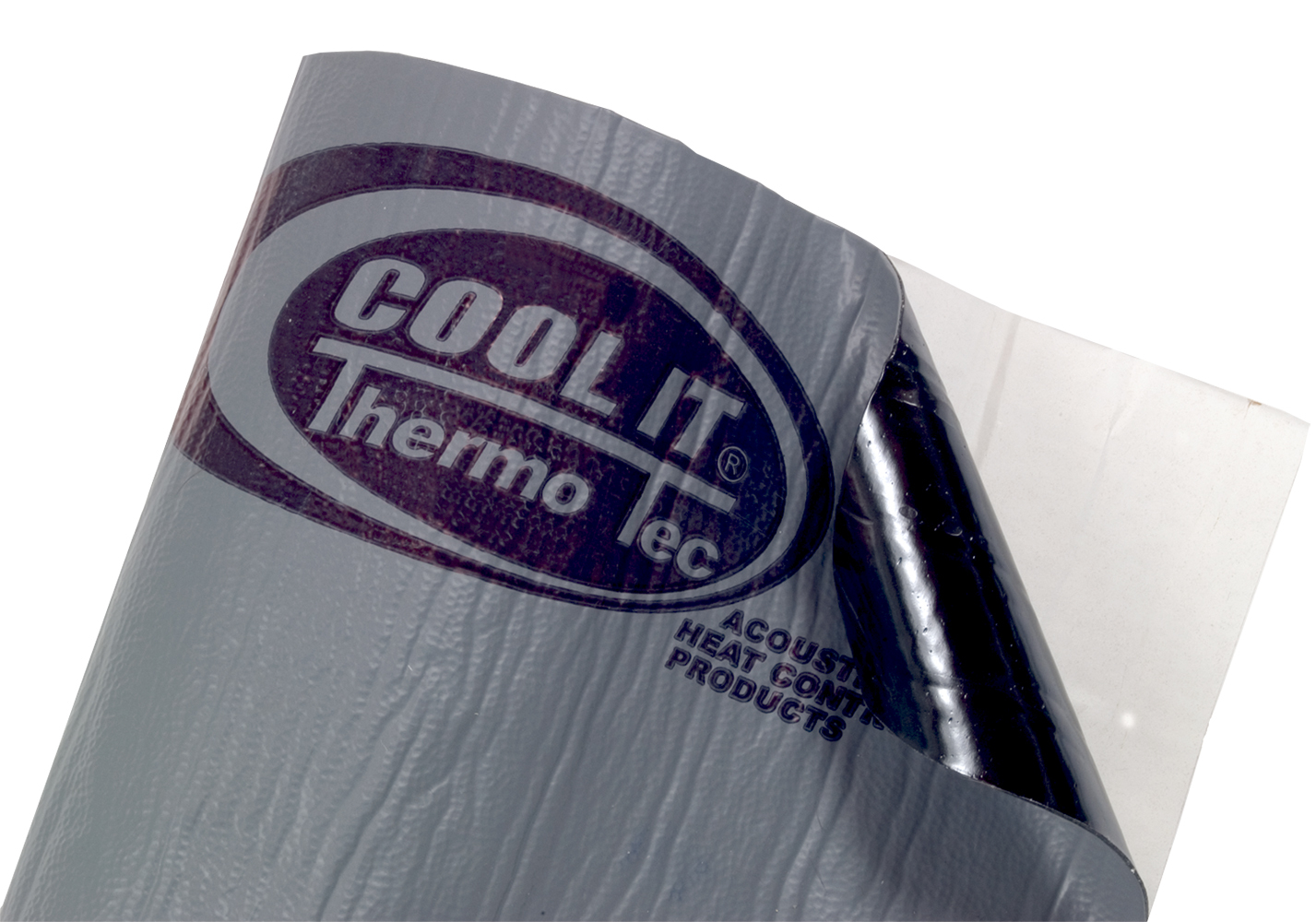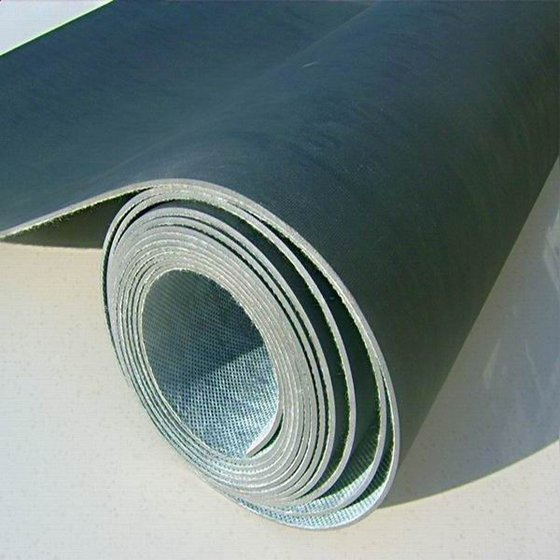
An IIC number is based upon the complete floor/ceiling assembly, not just an acoustic underlay.” Choosing the right underlayment However, Delta IIC data can be useful in calculating non-standard assemblies.”īill Devin, Regupol business unit manager, added: “A common mistake is to think that the IIC number is only based upon an underlayment. Field test data (F-IIC) is generally not a good standard of comparison.
SOUND CONTROL MAT FULL
“Sound-rated ceiling assemblies are not standardized, so get the full construction detail of any test data you are considering that has a sound-rated or suspended ceiling assembly. Other considerations must be taken when calculating IIC ratings as well. He noted that an underlayment used with a floor that’s bonded to the substrate will deliver two to three more IIC points than a floating floor installation.

“Sound control underlayment products and finished flooring materials do not contribute anything measurable to STC sound reduction they only address impact noise.” Most underlayment companies only publish the IIC/STC ratings with the insulated subfloor test, while Foam Products always publishes both insulated and non-insulated subfloor tests.”Īccording to Larry Lyons, Amorim Cork Composites’ director of sales and marketing for flooring and construction products, STC ratings are influenced by the mass of the building, not by the flooring or underlayment. This measures the underlayment decibel IIC rating by removing the flooring and subfloor IIC numbers. To create a level playing field, the Delta IIC test was developed to use the same quality/thickness of flooring and subfloor with the tested underlayment. “Also, underlayment manufacturers can create higher IIC/STC numbers by using thicker flooring and denser aged concrete when testing. However, most of the current and new building constructions do not add insulation under the 6”-8” concrete subfloor, so buyer beware. Some subfloors have insulation below the subfloor, which create higher IIC/STC numbers. that test using 6”-8” concrete subfloors and various methods of wood joist/plywood/gypcrete subfloors. “There are several acoustical testing labs in the U.S. Jim Wink, vice president of sales and marketing for Foam Products, said to be wary of taking any test results at face value. The design and construction of the entire assembly is very important, but the deployment of a good sound attenuation component as a secondary subfloor is crucial to achieving those code-compliant ratings.” It will be accurately measuring higher frequencies while some of the low frequencies, such as footfalls, go unmeasured as they are emitting frequencies that are lower than the test parameters. “The IIC tapping test does not, however, tell the entire story. The sound is measured from below and registered in frequency bands from 125 Hz to 4,000 Hz. It is measured in a sound lab under very strict ASTM standards with the use of a tapping machine that is placed on the floor of a sealed assembly. “Structure-borne sound tends to be the greater concern in multi-family construction.


Steve Gleason, Homasote’s sales engineer, technical department, went further into how the tests work.

The IBC also recognizes that a design rating (obtained in the laboratory under carefully controlled conditions) is seldom achieved in the field (F) and therefore lowers the required minimum field performance to an F-STC and F-IIC of 45.
SOUND CONTROL MAT CODE
The results of these tests can vary greatly depending on the floor used, type and thickness of the underlayment, ceiling assembly and structure of the building itself.”īeth Lee, marketing at Maxxon, noted that “the International Building Code (IBC) requires multifamily buildings to have a minimum design rating of 50 STC and IIC. The IIC rating defines how well the floor/ceiling assembly reduces impact sound by measuring sound absorption of simulated footfalls using the ASTM E989 and E1007 standards. Hal Stuhl, Accella Performance Materials vice president and business unit leader, stated: “The STC rating defines how well a floor/ceiling assembly reduces airborne sound by measuring the sound absorption at different frequencies based on the ASTM E90 standard. For those who did not see last month’s issue, STC measures sound transmission through the air (laughter, clapping, radios, etc.) while IIC measures impact noise (footfalls, dropped objects, chair scrapes, etc.) However, that’s only part of the story.


 0 kommentar(er)
0 kommentar(er)
